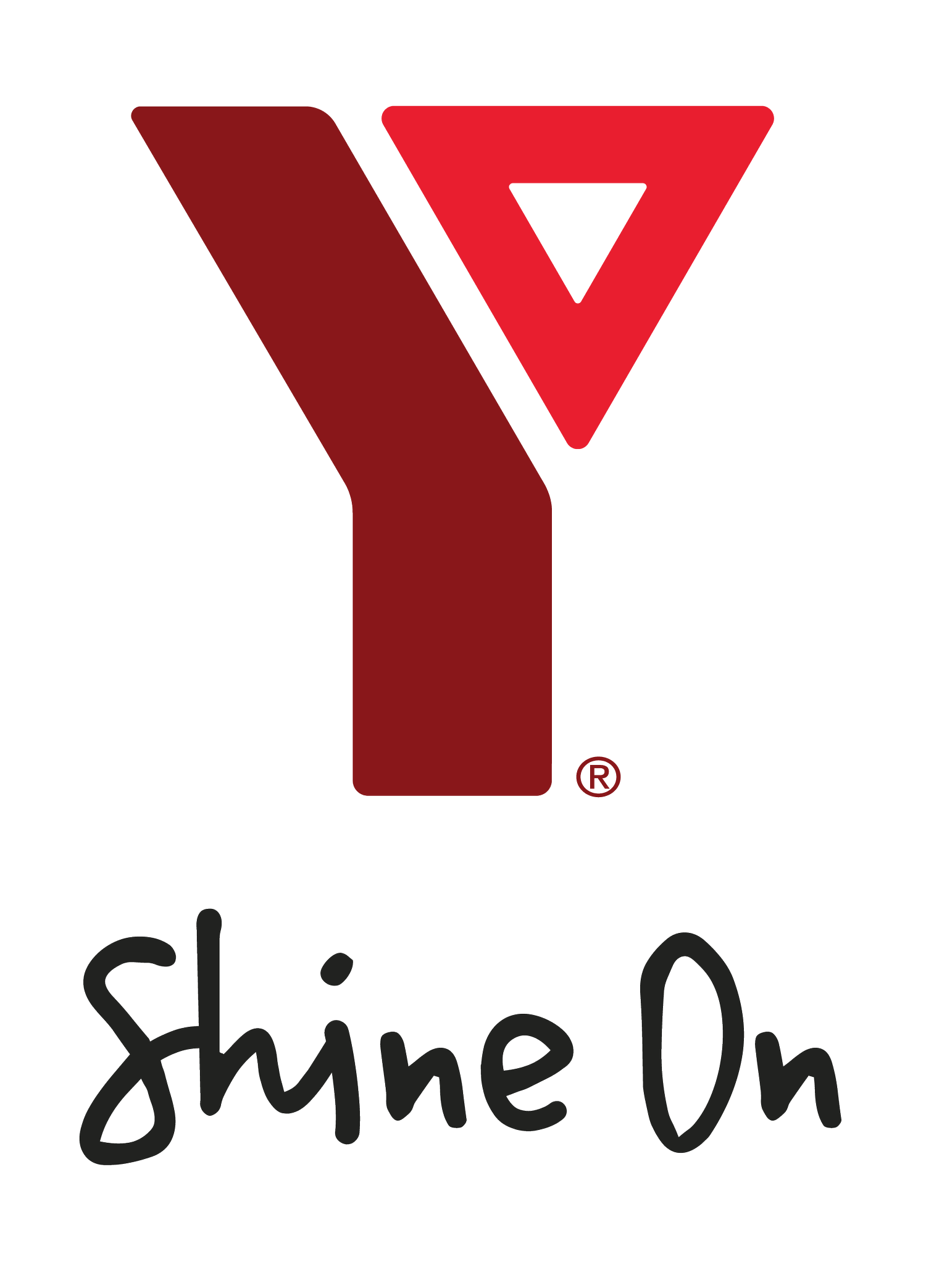Take Time to Tune Into Your Body This International Women’s Day
By Emily Opthof, Y Ambassador, menstrual health educator, and competitive figure skater
If you've ever felt like you could take over the world one week, and can't seem to get out of bed the next, you might need to tune into your menstrual cycle and how it affects your fitness routine! Energy levels fluctuate throughout the menstrual cycle, and tuning in or "syncing" with it can empower you to find movement you love while honouring your body's needs every day. Remember to talk to a health care provider before starting any new exercise routine, and work with a physiotherapist and personal trainer to find specific movements to benefit you!
The menstrual phase begins when a period starts. Hormone levels are low, and energy levels are icky all day long. It might even be harder to fall asleep due to pain and bloating which can impact exercise recovery. Inflammation, fatigue and discomfort are the primary concerns that take up this phase. Taking time for extra rest and sleep can be beneficial, and if you do feel well enough to exercise, focusing on yoga-style movements that support the pelvic floor and gentle walking can keep muscles comfortable without significantly impacting energy levels. Keeping pain controlled helps the body to relax when it needs rest, and avoids spending all of your energy fighting pain, just to crash and wipe out when you desperately need to be functional.
In the follicular phase (during and after a period, up until ovulation), hormone levels begin to rise. This allows energy levels and mood to gradually increase. Including resistance exercise, low to moderate intensity cardio activities and trying something new when it comes to moving your body can fit perfectly in this phase. Working the muscles can stabilize blood sugar levels as well, meaning energy levels stay stable through the day instead of spiking and crashing repetitively.
Ovulation comes next! This phase is identified by the release of an egg from one of the ovaries. Once the ovulatory phase hits, energy levels can be at their highest. Now is the time to jump into moderate to high intensity cardio or increase the challenge of resistance training. Keep in mind to warm-up and cool-down after every workout to avoid injury! If you find energy levels tank at this time (for some people, they can!), dialing back to low intensity movement and stretching-based movement can be supportive. It's also a good idea to keep to a regular bedtime through the phase so optimal rest is prioritized.
Once ovulation has ended, the body enters the luteal phase. Hormone levels increase, specifically progesterone which can contribute to increased sleepiness and changes in mood. It's possible to feel more irritated throughout the day, so this might not be the phase to try something brand new when it comes to movement. Sticking with a routine you know and enjoy is helpful to boost endorphins from exercise and minimize the initial frustration that can come from being a beginner (these activities are better-suited for the ovulatory phase!). If symptoms like cramping, pain or brain fog occur, low intensity cardio and other gentle exercise like Pilates can feel good to improve energy and promote better sleep for recovery. And don't forget the value of a good heating pad or warm bath! A period starts again at the end of this phase, and the cycle repeats itself until menopause.
Menstrual cycles are a normal and expected part of life, and you deserve to feel confident and strong at every phase. Movement is for everybody and every body!
Watch Emily demonstrate some of her favourite moves - exclusively for Y@HOME+ members! Not a member yet? Sign up now at ymcahome.ca/join.

